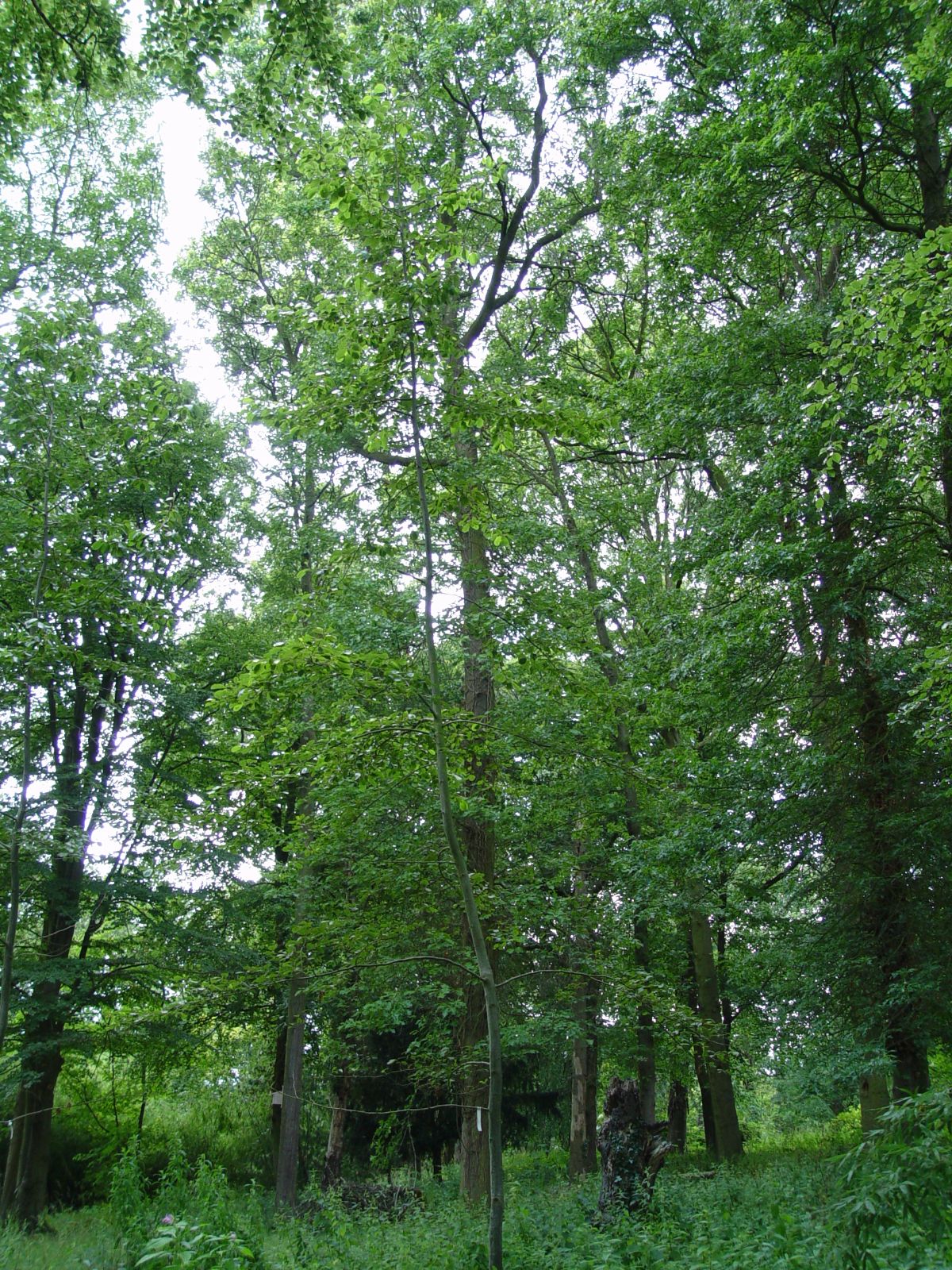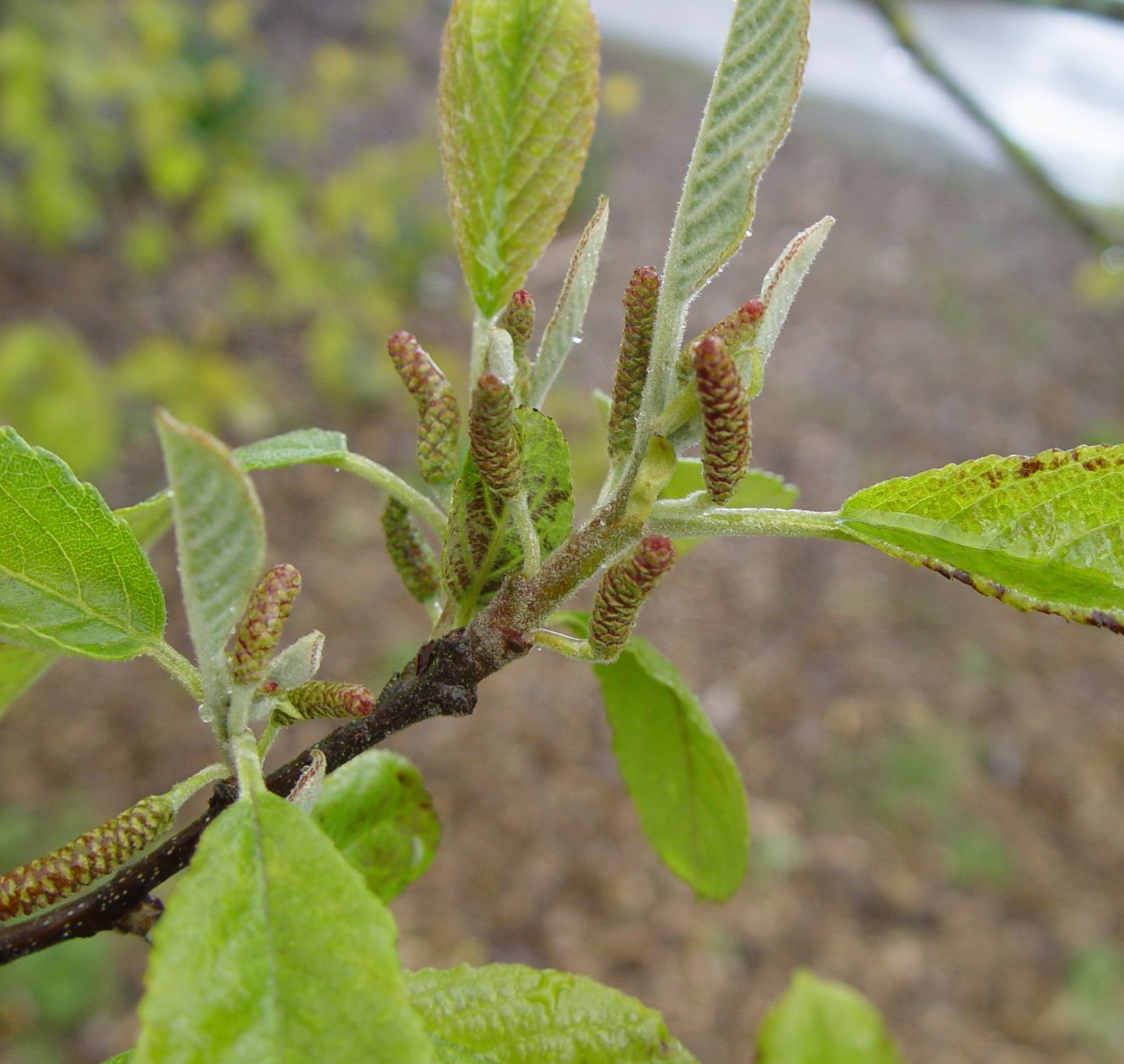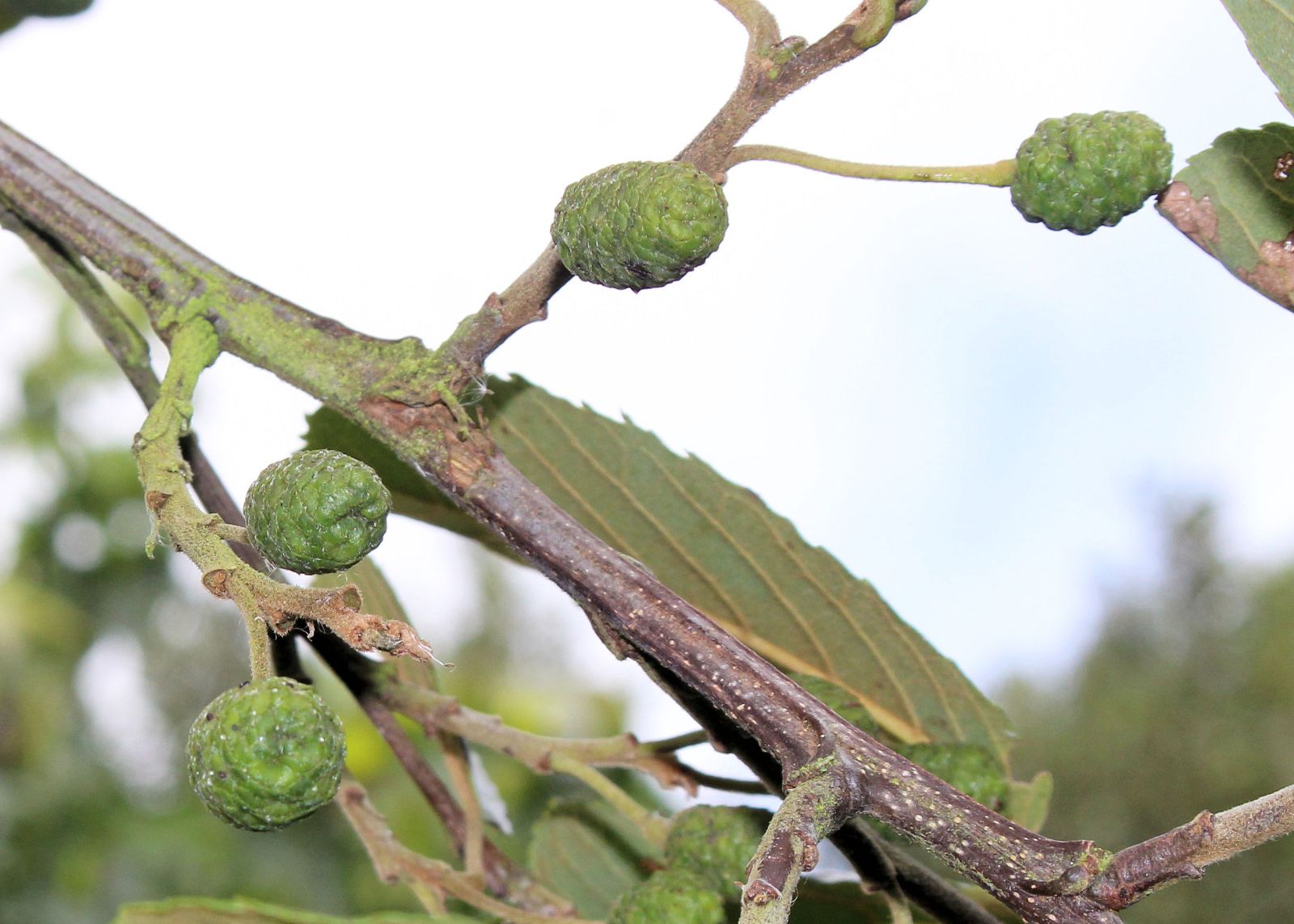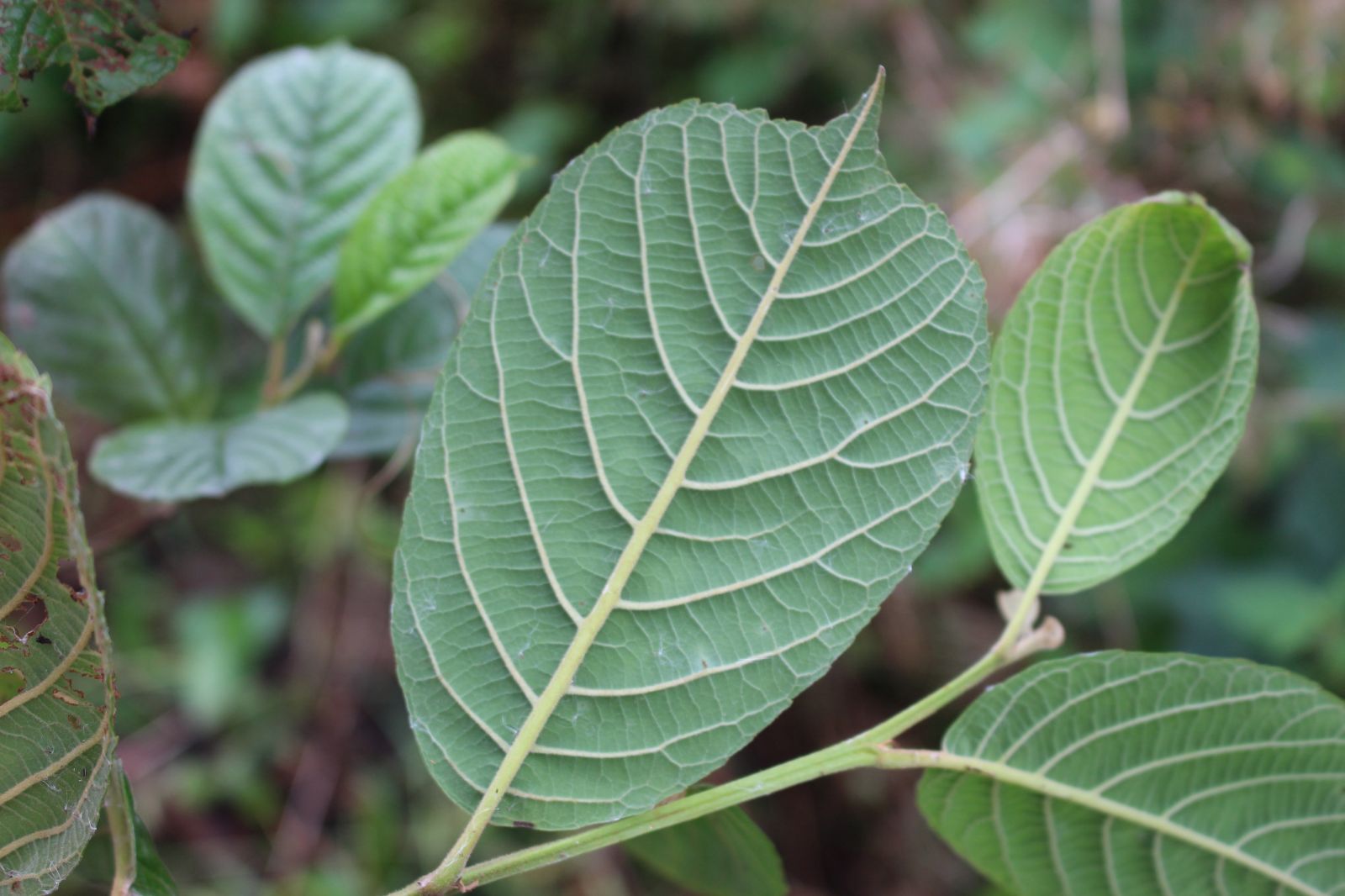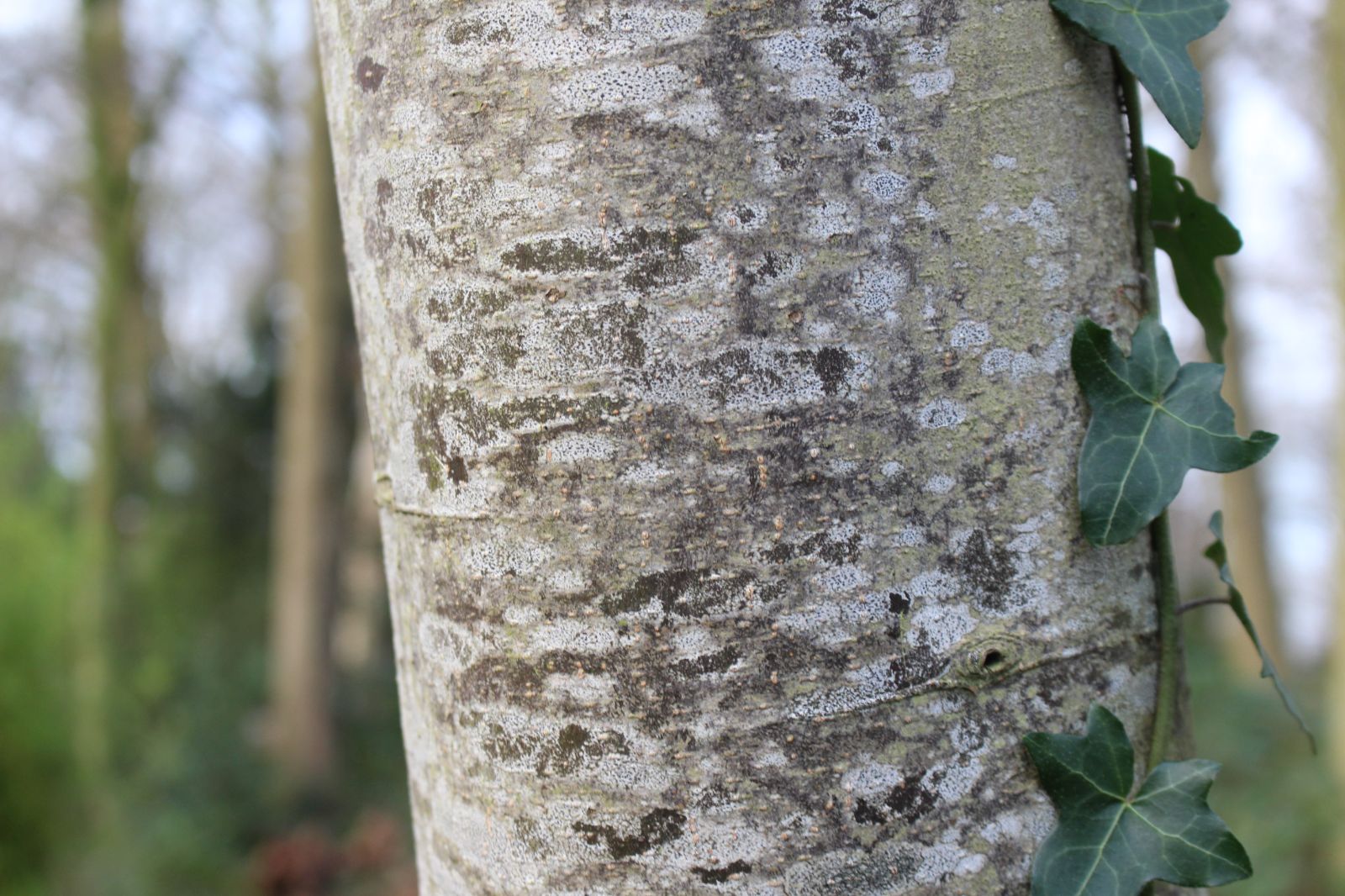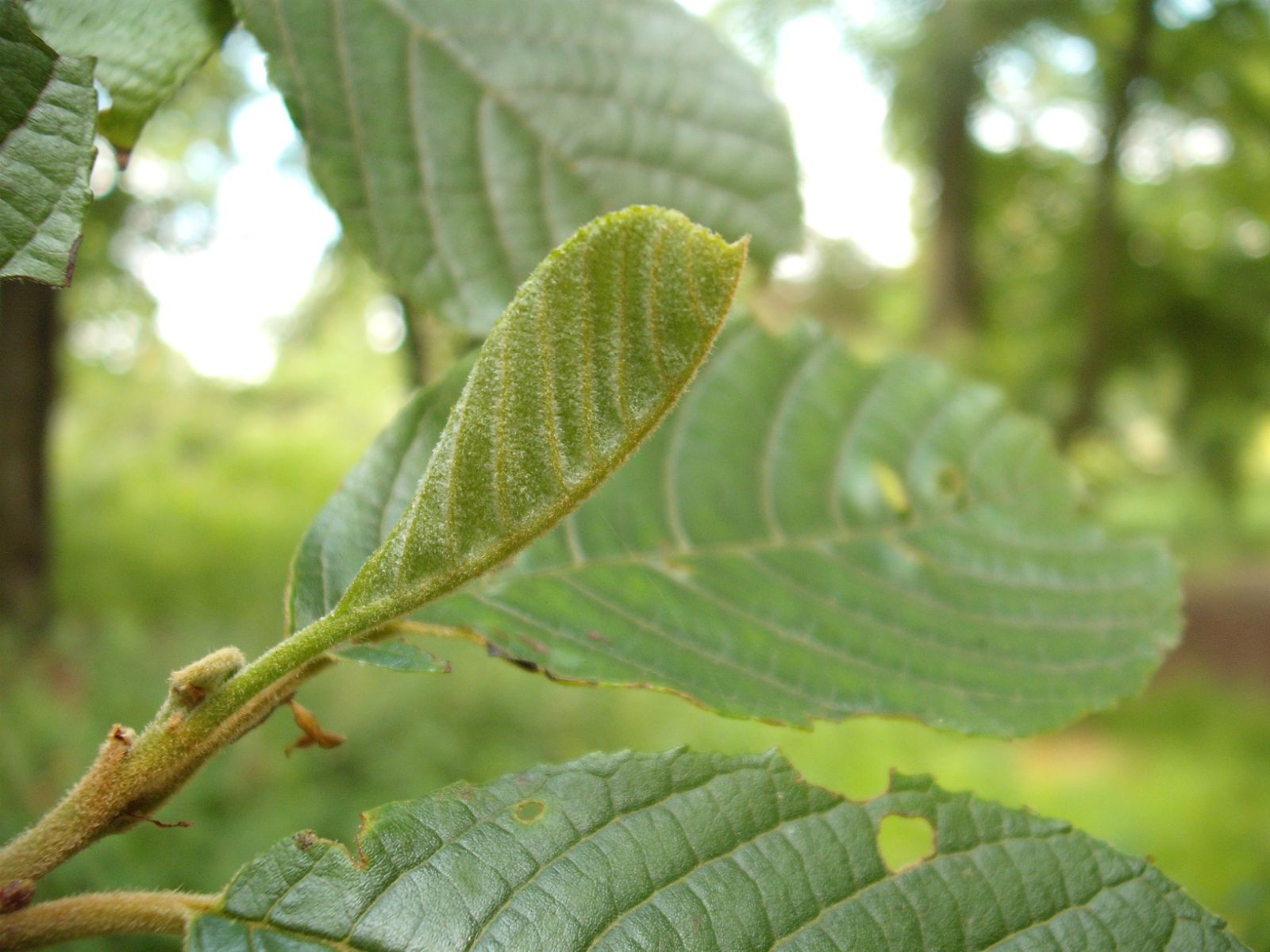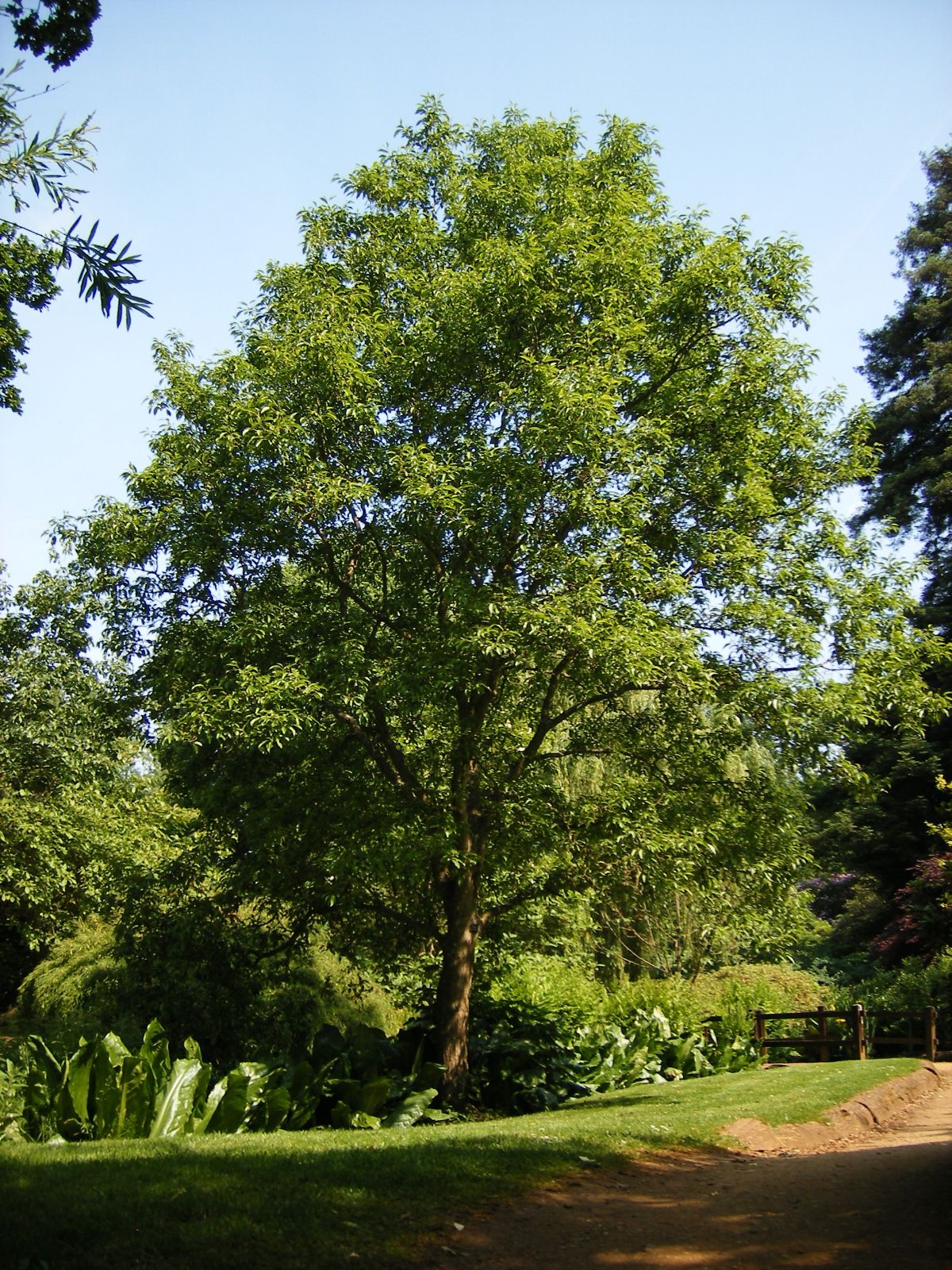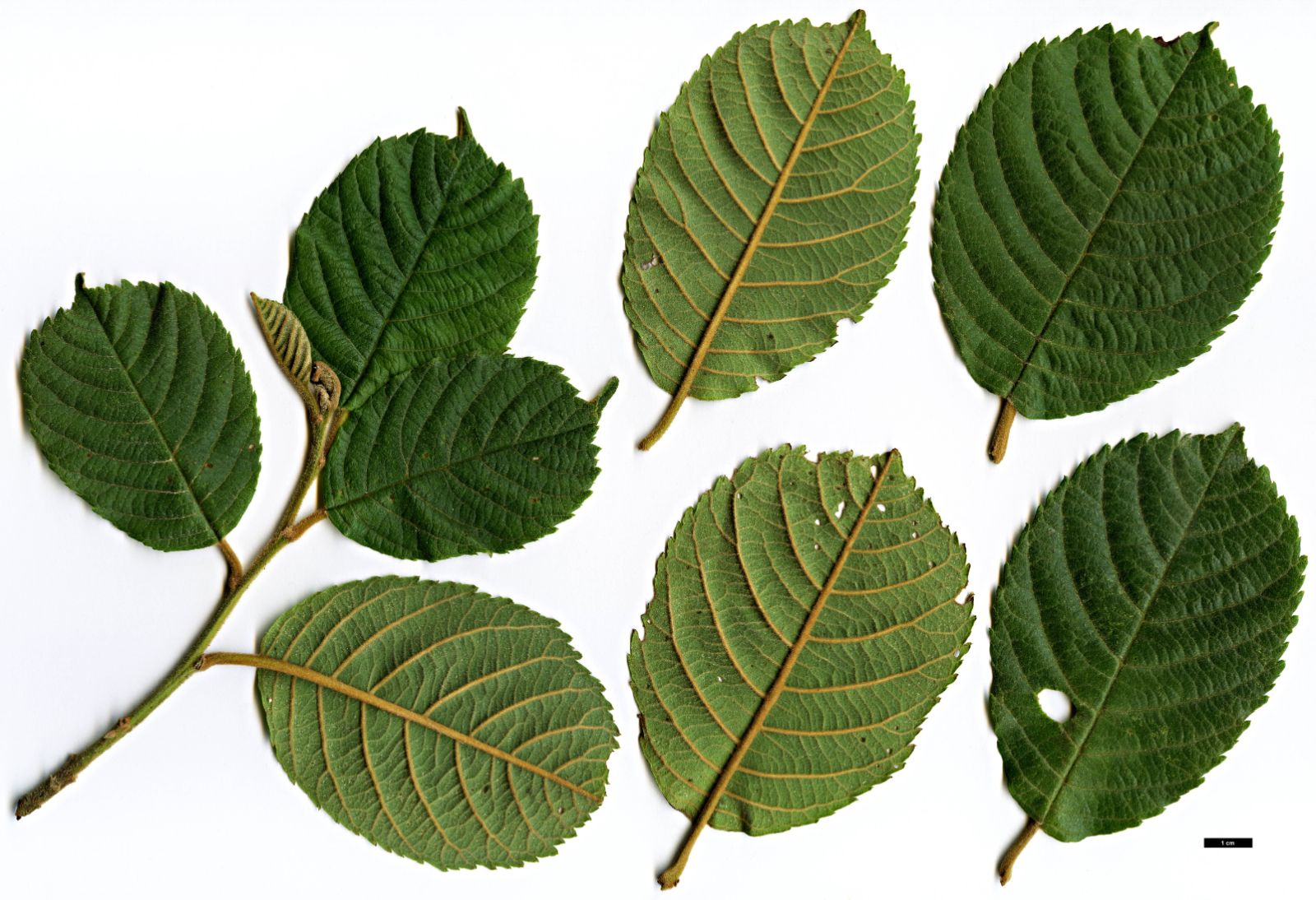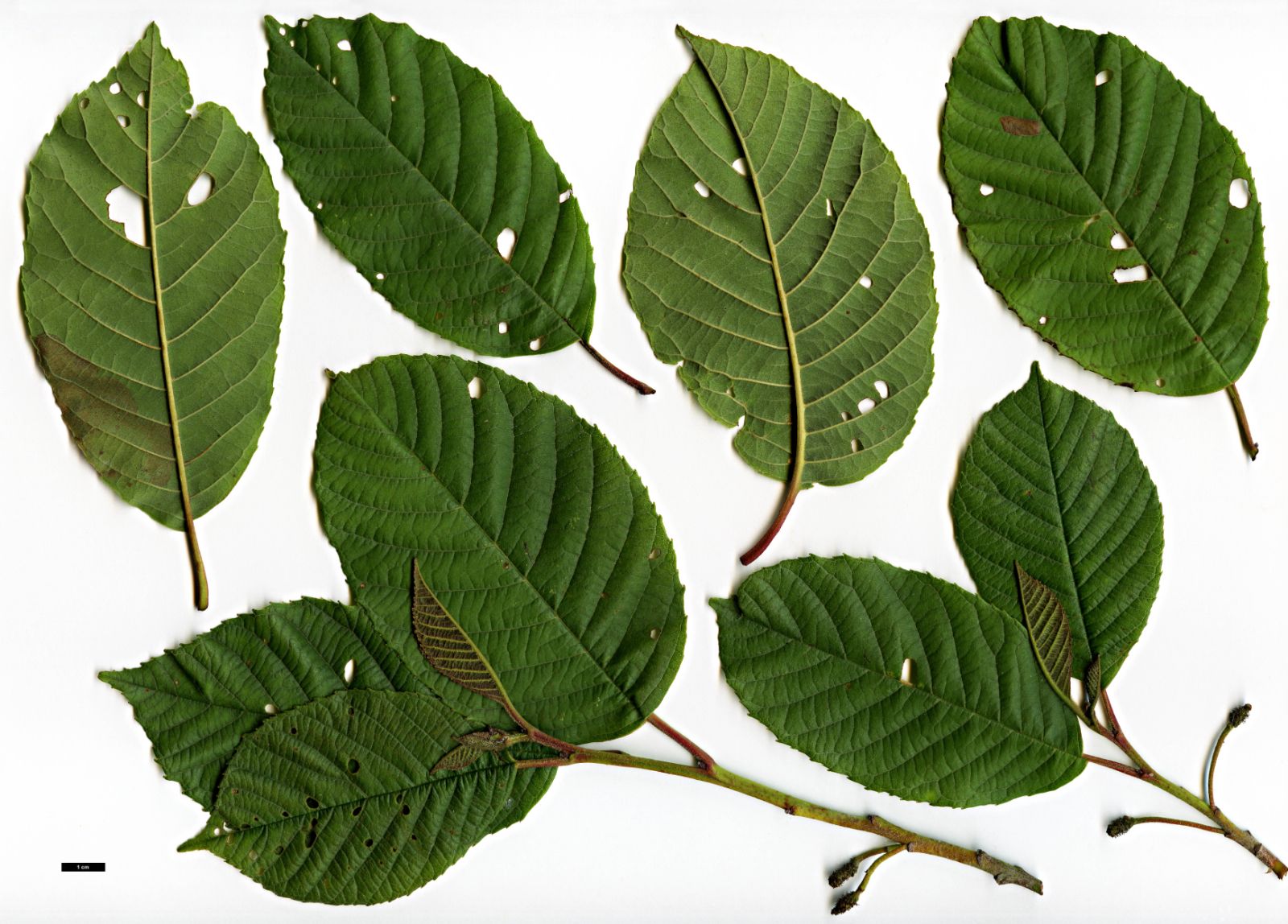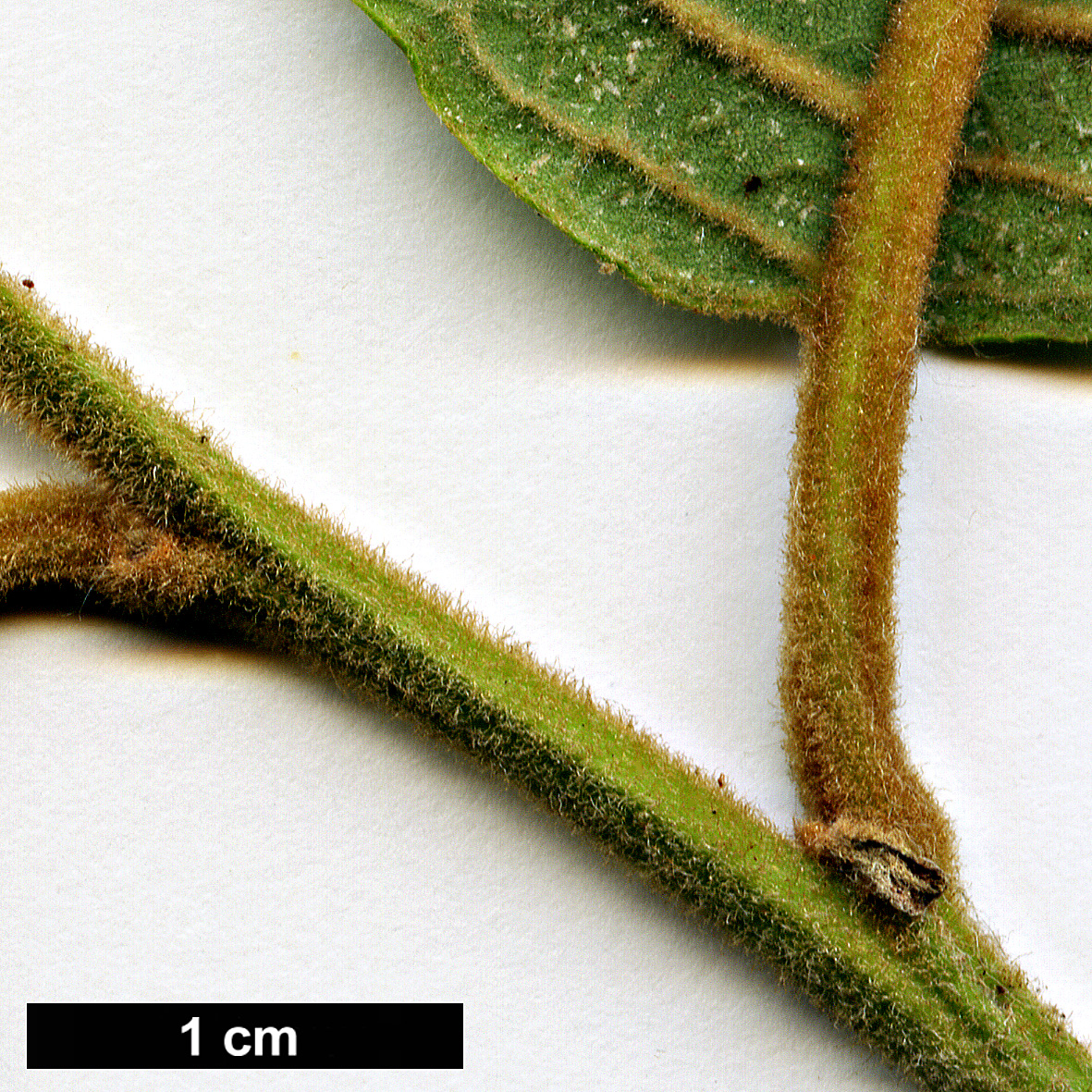Alnus lanata
Sponsor
Kindly sponsored by
a member of the International Dendrology Society
Credits
Tim Baxter & Hugh A. McAllister (2024)
Recommended citation
Baxter, T. & McAllister, H.A. (2024), 'Alnus lanata' from the website Trees and Shrubs Online (treesandshrubsonline.
Genus
- Alnus
- Subgen. Alnus, Sect. Cremastogyne
Synonyms
- Cremastogyne lanata (Duthie ex Bean) Czerep
Other taxa in genus
- Alnus acuminata
- Alnus alnobetula
- Alnus betulifolia
- Alnus cordata
- Alnus cremastogyne
- Alnus djavanshirii
- Alnus dolichocarpa
- Alnus × elliptica
- Alnus × fallacina
- Alnus fauriei
- Alnus ferdinandi-coburgii
- Alnus firma
- Alnus formosana
- Alnus glutinosa
- Alnus hirsuta
- Alnus incana
- Alnus inokumae
- Alnus japonica
- Alnus jorullensis
- Alnus lusitanica
- Alnus maritima
- Alnus matsumurae
- Alnus × mayrii
- Alnus nepalensis
- Alnus nitida
- Alnus oblongifolia
- Alnus orientalis
- Alnus pendula
- Alnus rhombifolia
- Alnus rohlenae
- Alnus rubra
- Alnus serrulata
- Alnus serrulatoides
- Alnus sieboldiana
- Alnus 'Sipkes'
- Alnus × spaethii
- Alnus subcordata
- Alnus trabeculosa
Tree to 20 m tall. Bark shiny, smooth, yellow- to silvery-grey. Branchlets silvery grey to dark brown, trigonous towards tips, covered in yellow-brown indumentum when young. Buds stipitate with two distinct scales, dark brown, white-scaly, terminals large to 4 mm, smaller in leaf axils. Petiole 1.5–2 cm, densely scaly, puberulent, green. Leaves deciduous, 4–14 × 3–8 cm, obovate to oblong, apex abruptly narrowing to acute point, mid-green and glabrous above, below with dense buff hairs on blade, and laterally on veins, especially when young. Leaves with smallish forward pointing teeth, semicraspedodromous with lateral veins 9–13 on each side of the midvein. Female inflorescences solitary, with long peduncule to 3 cm, oblong, 1.5–4 × 0.8–2 cm. Fruit resinous, pendent 1–1.4 × 1.3–1.8 cm, bracts even, hairy at apex, 3–5 mm wide. Seeds elliptic, with membranous wings about half as wide as nutlet. Flowering May to July, fruiting August to September (China). (Li & Skvortsov 1999; T. Baxter pers. obs.). Tetraploid (2n=56). (Rice et al. 2015; H. McAllister, pers. obs.).
Distribution China Western Sichuan (Kangding Xian, Luding Xian)
Habitat Streamsides in forests; 1600–2300 m asl.
USDA Hardiness Zone 5-8
RHS Hardiness Rating H7
Conservation status Data deficient (DD)
Alnus lanata is a large upright tree restricted to a small part of western Sichuan, China, where it is known to occur along streamsides and in woodlands. It is probably rare in the wild and likely threatened, despite its current assessment as Data Deficient (Shaw et al. 2014). Part of Section Cremastogyne, it is similar and closely related to A. cremastogyne itself, but with cones borne singly in the leaf axils and obovate leaves terminating abruptly in an acute apex; A. lanata is further distinguished in being hairier in all parts than A. cremastogyne and with generally larger leaves and cones. A. ferdinandi-coburgii is also similar but this has its solitary cones on short erect peduncles rather than the long pendulous peduncles of the other two species. A. lanata was originally described by Schneider from a Wilson collection (W 1377) (Sargent 1916). The species received a brief description from Bean (1976) in which the hairy leaves and solitary cone were highlighted, but no indication was given of any cultural requirements.
It has been successfully introduced into cultivation several times, but most trees in the United Kingdom owe their origin to Matthew Ridley, whose tale of their introduction is worth repeating from his letter to John Grimshaw of May 2007, quoted in New Trees: ‘I asked Professor Hong Tao [of the Chinese Academy of Forestry, Beijing] if he could get me seeds of Alnus lanata … He said it would be possible, but because there are so many bandits he would need a party of soldiers to protect him and the soldiers’ wages for the week would cost £10,000. I said “Thank you, no, I cannot manage that but never mind, it is nice to know it still exists.” Ten days later a large packet of seed arrived from him and he said “I did not need any soldiers, I have got the seed for you and the cost of the bus fare was £5.00”, so I sent him that.’
Trees from this collection, made at c. 2000 m at Luding Xian, Sichuan in 1997, are flourishing at Blagdon, growing straight and very fast, but although fruiting has occurred the seeds seem to be infertile (M. Ridley, pers. comm. 2007). At Stone Lane Gardens, although the tallest has reached 8 m, several individuals were dead or dying when seen in May 2007, possibly due to unsatisfactory soil conditions or excessive shade (P. Bartlett, pers. comm. 2007). A specimen at Ness is believed now to be the champion at about 15 m tall (Tree Register 2021). It is not tolerant of exposure, and in common with Alnus cremastogyne, does not grow well in cold drying winds. Those plants at Ness not in the shelter of a woodland have fared poorly (pers. obs.). Data also suggests it is the least drought-tolerant of the alders (A. Hirons, unpublished data). It is moderately susceptible to Alder Leaf Beetle.

